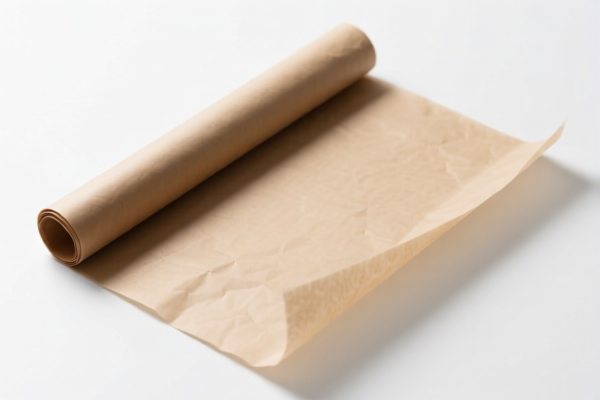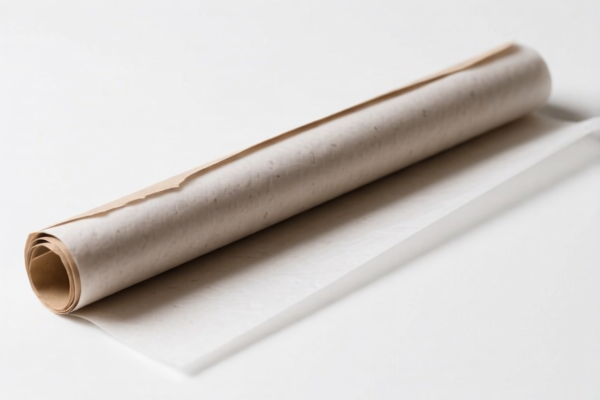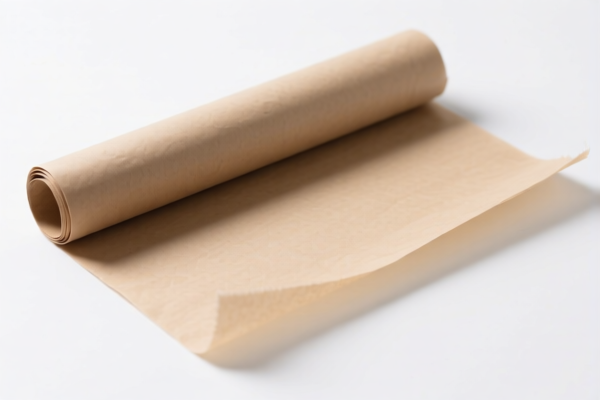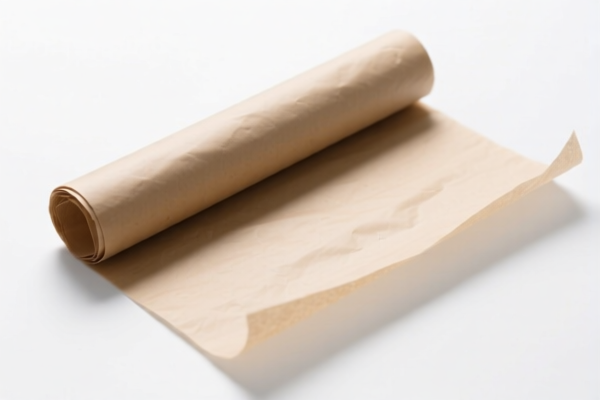| HS Code | Official Doc | Tariff Rate | Origin | Destination | Effective Date |
|---|---|---|---|---|---|
| 3919102055 | Doc | 60.8% | CN | US | 2025-05-12 |
| 3919905060 | Doc | 60.8% | CN | US | 2025-05-12 |
| 3921904010 | Doc | 34.2% | CN | US | 2025-05-12 |
| 3921904090 | Doc | 34.2% | CN | US | 2025-05-12 |
| 4016990300 | Doc | 58.0% | CN | US | 2025-05-12 |
| 4016990500 | Doc | 40.9% | CN | US | 2025-05-12 |
| 4008210000 | Doc | 55.0% | CN | US | 2025-05-12 |
| 4008294000 | Doc | 57.9% | CN | US | 2025-05-12 |
| 9620005000 | Doc | 60.3% | CN | US | 2025-05-12 |
| 9620005500 | Doc | 58.3% | CN | US | 2025-05-12 |
| 9606296000 | Doc | 57.9% | CN | US | 2025-05-12 |
| 9606294000 | Doc | 0.18¢/line/ gross + 2.5%+55.0% | CN | US | 2025-05-12 |
| 4821904000 | Doc | 55.0% | CN | US | 2025-05-12 |
| 4821902000 | Doc | 55.0% | CN | US | 2025-05-12 |
| 4806200000 | Doc | 55.0% | CN | US | 2025-05-12 |




Grease Proof Kitchen Sticker
Grease proof kitchen stickers are adhesive films designed to protect kitchen surfaces from splatters, spills, and general grime associated with cooking. They are typically applied to areas prone to mess, such as behind stoves, around sinks, and on walls near cooking surfaces.
Material
These stickers are most commonly made from:
- Polyvinyl Chloride (PVC): Durable, waterproof, heat-resistant, and easy to clean. Commonly used for its affordability and effectiveness.
- Polyethylene Terephthalate (PET): Offers higher temperature resistance and clarity than PVC, but can be more expensive.
- Aluminum Foil: Provides excellent heat resistance and reflectivity, often used as a backing layer in combination with other materials.
- Transparent Polypropylene (PP): A thinner, more flexible option, suitable for smoother surfaces and less intense heat exposure.
Purpose
The primary purpose of these stickers is to:
- Protect Surfaces: Prevent grease, oil, food particles, and other kitchen messes from damaging walls, cabinets, and countertops.
- Easy Cleaning: Provide a wipeable surface that is much easier to clean than painted walls or other porous materials.
- Cost-Effective: Offer a cheaper alternative to replacing or repainting damaged surfaces.
- Aesthetic Improvement: Some stickers are designed with decorative patterns or colors to improve the appearance of the kitchen.
Function
The function relies on:
- Adhesive Backing: A strong adhesive layer that securely attaches the sticker to the surface. Adhesive types vary, with some being more suitable for certain surface types (e.g., smooth vs. textured).
- Waterproof/Oil-Proof Surface: The material itself is designed to repel liquids and oils, preventing them from soaking into the underlying surface.
- Heat Resistance: The material can withstand moderate temperatures from cooking, although prolonged exposure to high heat may cause damage.
- Smooth Surface: Provides a non-porous barrier that prevents grime from adhering to the wall.
Usage Scenarios
- Behind Stoves/Cooktops: The most common application, protecting the wall from grease splatters.
- Around Sinks: Preventing water damage and stains.
- Kitchen Backsplashes: Providing a decorative and protective layer.
- Cabinets: Protecting cabinet doors from spills and grime.
- Drawers: Lining drawers to prevent stains and make cleaning easier.
Common Types
- Self-Adhesive Vinyl Stickers: The most widely available type, offering good durability and ease of application.
- Aluminum Foil Stickers: Excellent for high-heat areas and providing a reflective surface.
- Transparent Stickers: Allow the underlying surface to be visible while still providing protection.
- Patterned/Decorative Stickers: Offer a variety of designs to match kitchen décor.
- Tile-Look Stickers: Mimic the appearance of ceramic tiles, providing a cost-effective alternative to tiling.
- Roll Form Stickers: Available in rolls, allowing for custom sizes and shapes.
Based on the provided information, “grease proof kitchen sticker” can be classified under the following HS codes:
- 4806.20.00.00: This HS code falls under Chapter 48 (Paper and paperboard; articles of paper pulp, paper, paperboard, cellulose wadding or fibres). Specifically, it covers vegetable parchment, greaseproof papers, tracing papers and glassine and other glazed transparent or translucent papers, in rolls or sheets. The subheading .20 specifically denotes greaseproof papers. This would apply to the paper component of a greaseproof kitchen sticker.
- 3919.10.20.55: This HS code falls under Chapter 39 (Plastics and articles thereof). It covers self-adhesive plates, sheets, film, foil, tape, strip and other flat shapes, of plastics, whether or not in rolls, in rolls of a width not exceeding 20 cm. This would apply to the plastic film component of a sticker, assuming it is self-adhesive and in rolls less than 20cm wide. The total tax rate is 60.8% (5.8% base tariff, 25.0% additional tariff, and 30.0% additional tariff after April 2, 2025).
- 4821.90.40.00: This HS code falls under Chapter 48 (Paper and paperboard; articles of paper pulp, paper, paperboard, cellulose wadding or fibres). It covers paper and paperboard labels of all kinds, whether or not printed, specifically 'Other' labels. This could apply if the sticker is a paper-based label. The total tax rate is 55.0% (25.0% additional tariff, and 30.0% additional tariff after April 2, 2025).
- 4821.90.20.00: This HS code falls under Chapter 48 (Paper and paperboard; articles of paper pulp, paper, paperboard, cellulose wadding or fibres). It covers paper and paperboard labels of all kinds, whether or not printed, specifically self-adhesive labels. The total tax rate is 55.0% (25.0% additional tariff, and 30.0% additional tariff after April 2, 2025).
Regarding HS code 3919.10.20.55, please note that the additional tariff will increase to 30.0% after April 2, 2025. Similarly, HS codes 4821.90.40.00 and 4821.90.20.00 will also have an additional tariff of 30.0% after April 2, 2025.
Customer Reviews
No reviews yet.